
cursor propertyA single line of CSS can change how users feel about your UI. Learn how to leverage the cursor property to signal intent, improve interaction flow, and elevate accessibility.
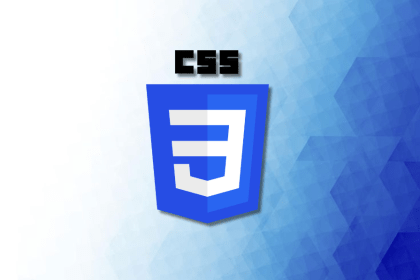
Tight deadline? Bloated CSS options? This guide breaks down six modern CSS frameworks, from Beer CSS to CodeStitch, that help you build fast, beautiful UIs in 2025.

Explore six of the best, easiest, most configurable, and convenient CSS animation libraries available in 2025.

Walk through how to use Google Fonts and locally installed fonts in your Tailwind projects to help you improve your project typography and design consistency.
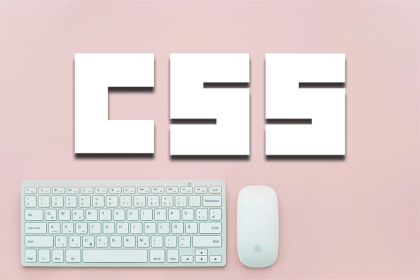
Learn what custom cursors are and how to use CSS and JavaScript to create custom cursors that will give your website a creative edge.

Discover Float UI, a set of pre-made templates that leverage the power of Tailwind CSS to help developers create professional websites quickly.
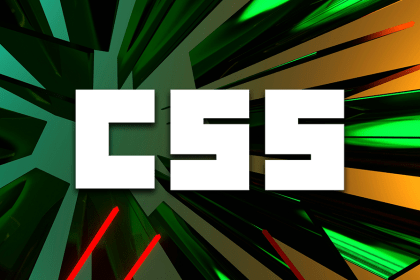
Discover open source tools for cross-browser CSS testing like Playwright and BrowserStack to catch rendering errors, inconsistent styling, and more.
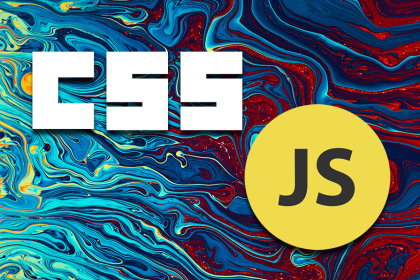
Use Lighthouse to eliminate render-blocking resources, which block the first paint of your page, in both CSS and JavaScript.

CSS has come a long way, making vertical alignment easier than ever. Learn about this concept and explore some of the best CSS vertical alignment techniques.
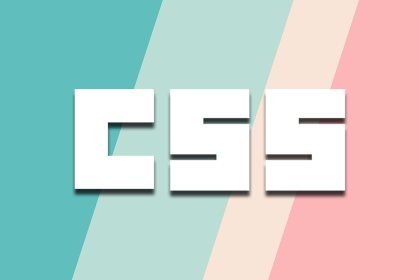
By building these four simple projects, you’ll learn how CSS variables can help you write reusable, elegant code and streamline the way you build websites.
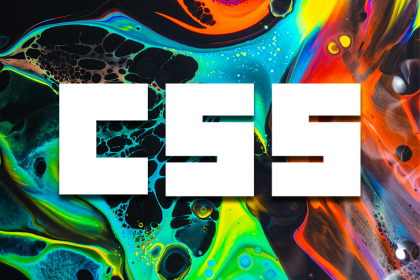
Learn the basics of applying image overlays in CSS and explore more interactive techniques like hover effects and animations.

Learn how to hide the scrollbar in popular web browsers by making use of modern CSS techniques, and dive into some interactive examples.